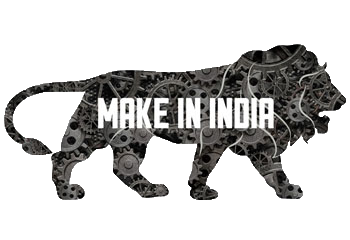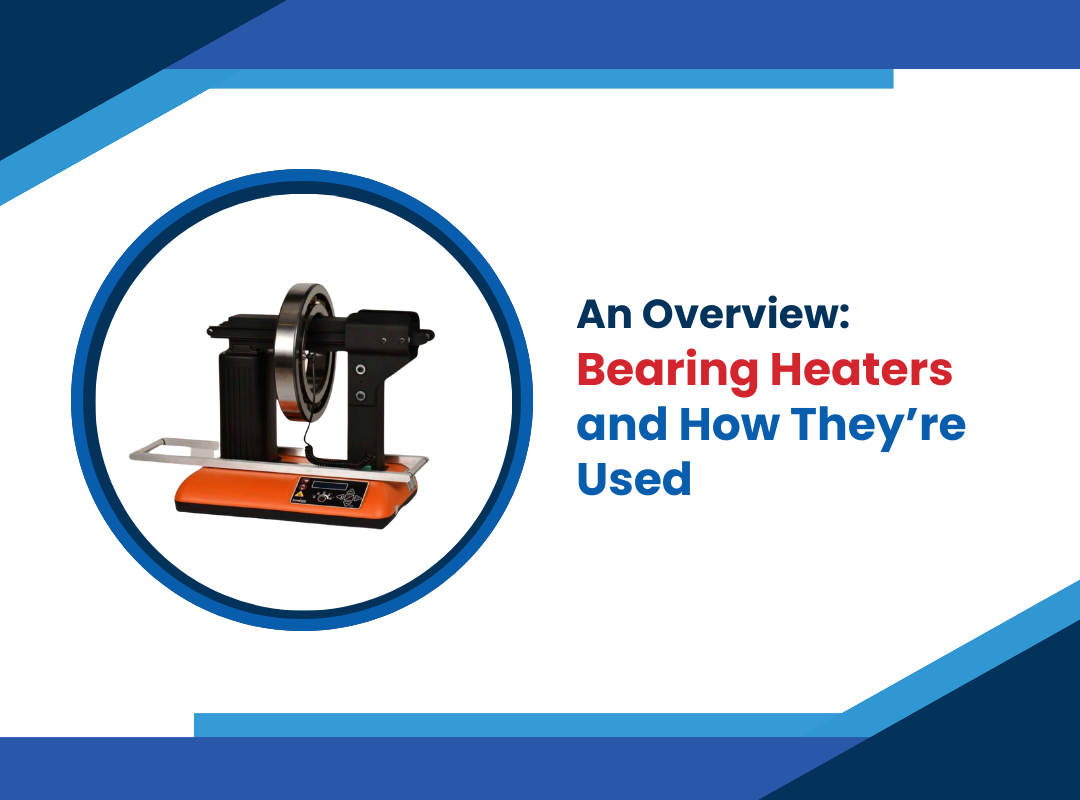Bearings are a critical component in many industrial machines and manufacturing processes. They allow for the low-friction rotation or linear movement of shafts, wheels, gears, and more. Keeping these bearings adequately lubricated and at an optimal operating temperature is essential to function correctly. That’s where bearing heaters come into play.
What Are Bearing Heaters?
A bearing heater is a device used to heat the inner rings of bearings by conducting heat directly to them. Bearing heaters come in various styles, like belt heaters that wrap around the bearing housing or stud/flange heaters that thread into the bearing assembly. No matter the style, bearing heaters all serve the same core functions:
- Raise bearing temperature to optimal levels for proper lubrication distribution
- Soften hardened grease during cold starts
- Prevent moisture contamination in the bearing by evaporating any condensation
- Facilitate cold weather starts by bringing bearings to working temps faster
Proper heating helps bearings avoid damage from cold starts and continual operation below ideal temperatures. This damage can lead to premature wear, increased noise/vibration, lubricant breakdown, and, eventually, bearing failure.
Why Heat Bearings in the First Place?
You may be wondering why it’s necessary to actively heat bearings instead of just relying on heat generated from the motor or process. There are a few key reasons:
- Lubrication – Greases and oils that lubricate bearings thicken in cold temperatures. Heating decreases viscosity so that lubricants can spread evenly across bearing surfaces.
- Moisture Prevention – Temperature swings overnight or during idle periods can cause condensation inside bearings. Heating drives out this moisture, which can erode surfaces.
- Warm-Up Time – Heating bearings eliminate cold starts, reducing wear associated with the time needed to naturally reach optimal temps.
- Reliability – Bearings operated below ideal temperatures experience more component damage and unpredictable failure over time.
- Added Benefits – Preheating bearings minimize input torque the motor or drive system needs during start-up.
Bearing heaters provide temperature consistency that passive heating methods cannot. This directly prevents problems stemming from thermal fluctuations.
What Are Some Common Applications?
Bearing heaters serve an essential preventative maintenance role across many industries. Some typical applications include:
- Conveyors – Conveyor systems often cover long distances exposed to variable ambient temperatures. Belt conveyors have rollers/pulleys containing bearings that need protection.
- Gearboxes – Enclosed industrial gearboxes transmit high torque and are prone to problems from moisture accumulation and cold starts. Integrated bearing heating protects its internal components.
- Pumps – Centrifugal and positive displacement pumps rely on smooth impeller/shaft rotation enabled by bearings. Keeping these bearings warm increases pumping efficiency.
- Fans & Blowers – Large commercial HVAC systems with fans and blowers intermittently circulate heat or refrigerated air. Their motors and bearing assemblies require frequent heating.
- Mixers – Agitators and blenders mixing large batches of material may sit idle between batches. This allows moisture to collect internally if bearings drop below dew point temperatures.
- Generators – Power generators converting mechanical rotation into electricity often operate outdoors exposed to low ambient temperatures. Their engine bearings and generator bearings need protection.
- Ball Mills – Rotating vessels containing metal balls for pulverizing ore, paints, ceramics, and other raw materials. Hard starting this heavy vessel can damage unheated bearings.
- Food Processing – hygienic production environments prohibit moisture collection. Baked-in heating elements keep bearings above the dew point for contamination prevention.
- Paper Machines – Large integrated paper-making machines have many exposed bearing points along their length. Ambient heat loss and high moisture levels make heating critical.
The examples above showcase a sampling of applications where bearing heaters prevent downtime and keep things running optimally 24/7, regardless of external conditions.
How Are Bearing Heaters Controlled?
Bearing heaters provide automated temperature control via integrated sensors feeding to programmable controllers or thermostats. Here are some of the ways taking heaters can be controlled:
- Thermostats – Simple on/off regulation around a setpoint temperature. Analog bimetallic thermostats or digital thermostats may be used.
- Single Loop Controllers – Measure heater zone temperature and adjust proportional power output to achieve setpoint. Alarms provided on sensor failure.
- Multi-Loop Controllers – Control heating in multiple bearing zones with ramping setpoints and rotation to wear heaters evenly.
- PLC Integration – Heater power output can be coordinated with machine operating states by the central PLC or DCS system.
- Remote Communication – Network protocols like Modbus allow remote monitoring and heater control via plant SCADA systems.
With such control options, each bearing heater can deliver customized heating profiles to match expected equipment demands, ambient conditions, and variables like lube rates.
Conclusion
In conclusion, bearing heaters provide focused, temperature-regulated heating that protects bearings from failure mechanisms related to moisture, cold starts, and low operating temps. Many industrial applications benefit from automatically keeping their bearing points within optimal temperature zones. As critical production processes become faster and more precise over time, bearing heaters help keep things running smoothly through fluctuating conditions.


